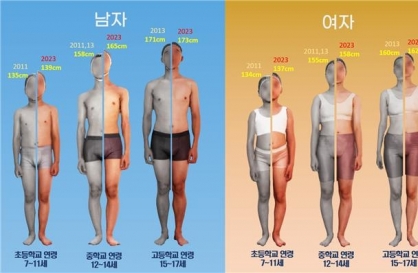The unspoken language of tango
Cultural differences pose no barrier to Korea’s tango community
By Anita MckayPublished : Sept. 6, 2017 - 14:24
It’s Friday night and the Gangnam area is filling up with stylish partygoers ready to dance the night away in one of the many clubs nearby. But just a 10-minute walk from the station through quiet back roads, a group of Koreans and foreigners are strapping on their stilettoes and preparing to move to a different beat -- the seductive art of tango.
“It’s a four-minute love story,” said Emilio Andres Araya, who has been teaching tango classes in Korea since 2005. “Dancing tango is telling a story and it is very intimate.”
With a large and active community, Seoul is known as the tango capital of Asia. Classes are plentiful here and tango festivals seem to pop up every other week, injecting a small bit of Argentine culture into Korea. The fourth Korea International Tango Championship was held in Seoul in May, and Korea has also played host to the Asian preliminary of the Mundial Tango Championship, an annual event held in Argentina, since 2014.
“It’s a four-minute love story,” said Emilio Andres Araya, who has been teaching tango classes in Korea since 2005. “Dancing tango is telling a story and it is very intimate.”
With a large and active community, Seoul is known as the tango capital of Asia. Classes are plentiful here and tango festivals seem to pop up every other week, injecting a small bit of Argentine culture into Korea. The fourth Korea International Tango Championship was held in Seoul in May, and Korea has also played host to the Asian preliminary of the Mundial Tango Championship, an annual event held in Argentina, since 2014.

There is even a Seoul Tango Marathon that takes place in early December.
Emilio, along with his Korean co-teacher Pandora, is busy preparing his students for next year’s competition. The main focus for Friday’s class is the Sacada, a basic step with three variations. After being put through their paces by Emilio and Pandora, they dance to the instrumental music in slow choreographed moves receiving feedback from the instructors as they go. The students, whose levels are as varied as their ages, practice with a partner or wait their turn. While some struggle to grasp the nuances of the movement, others are regulars who have been taking classes for over a year and feel “it’s good to go back to basics every now and again.”
Emilio is a Chilean-born and Montreal-raised tango instructor, performer and director who also co-owns La Marmite restaurant in Seoul. While he admits he began his tango journey at 20 years old to increase his chances of finding a girl, he has since honed his skills and performed in international festivals across continents. For the past few years he has been teaching lessons at Deseo Tango studio in Gangnam with Pandora.
Even though Korea has an active tango community, Emilio describes it as closed in that it is not easy to stumble upon and said it is approached with a “different mindset” that targets business over enjoyment. With his classes he wants to create a more open culture and spread the joy and passion that can be earned through learning tango.
Both instructors are accomplished performers with almost two decades of experience each. Still, even with their professional backgrounds, they each have a different way of teaching.
“My Korean co-teacher, she is like ‘Why aren’t you practicing? Practice, do it again. That’s wrong,’” he said. Despite this, the two instructors work together throughout the class, pulling students aside for practice and correcting their posture and technique.
“Students know that if they want a more strict (instruction) they can ask her and if they want more organic feedback and solutions, they can ask me any questions without me blaming you for your question,” he said.
This strict style is something Emilio feels Koreans have come to expect from a teacher.
“Somebody out there might say that if the teacher isn’t mad at us, she doesn’t care about us. I do my thing she does her thing and we compromise,” he said. Teaching style aside, cultural differences can persist on the dance floor among a diverse class.
“When it’s mostly foreigners they just go up to each other and talk, and they might spend most of their time on the dance floor talking, but Koreans are very formal, get together, bow and dance,” he said.
For Emilio, these cultural differences pose no barrier to tango. Instead this four-minute love story is told through a deeper connection based on the subtleties of a pounding heartbeat or the way one breathes.
“It allows you to understand the person in an unspoken way, but yet in a very deep and personal way. So you don’t need to say anything, you don’t need to hear anything, but you know the person and how they’re feeling,” he said.
By Anita McKay (anita@heraldcorp.com)









![[Weekender] Korean psyche untangled: Musok](http://res.heraldm.com/phpwas/restmb_idxmake.php?idx=644&simg=/content/image/2024/05/02/20240502050841_0.jpg&u=)







![[Eye Interview] 'If you live to 100, you might as well be happy,' says 88-year-old bestselling essayist](http://res.heraldm.com/phpwas/restmb_idxmake.php?idx=652&simg=/content/image/2024/05/03/20240503050674_0.jpg&u=)
